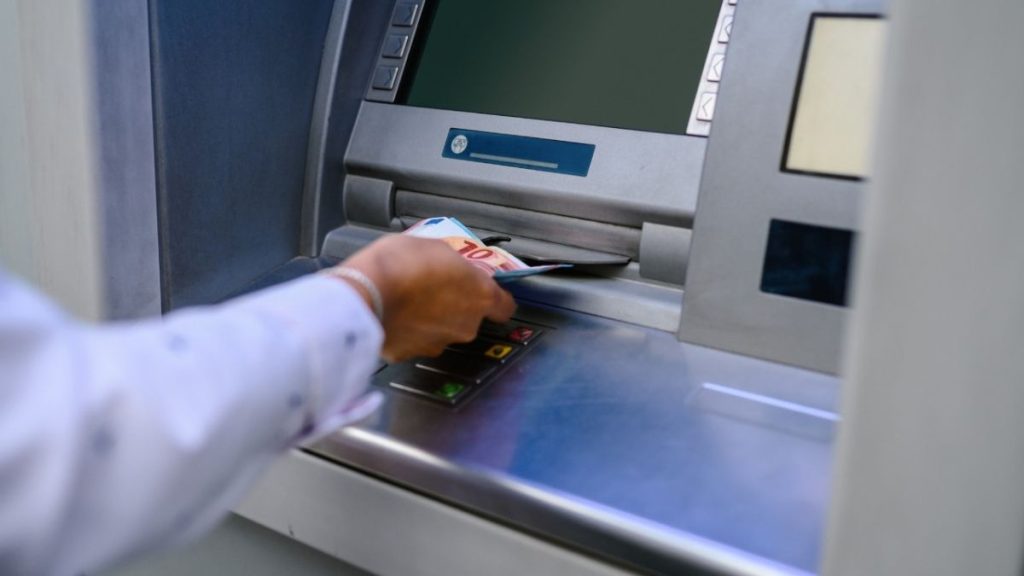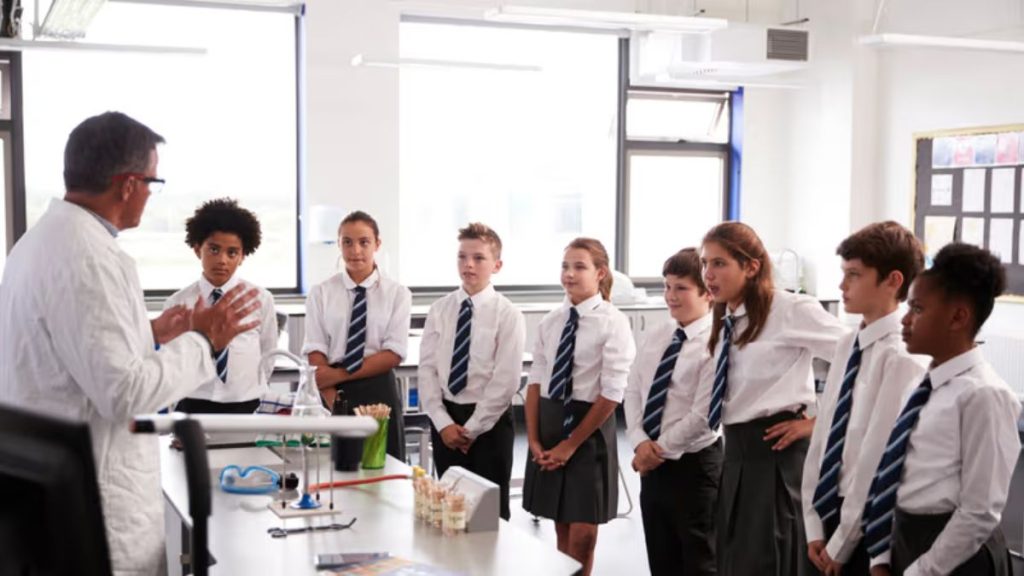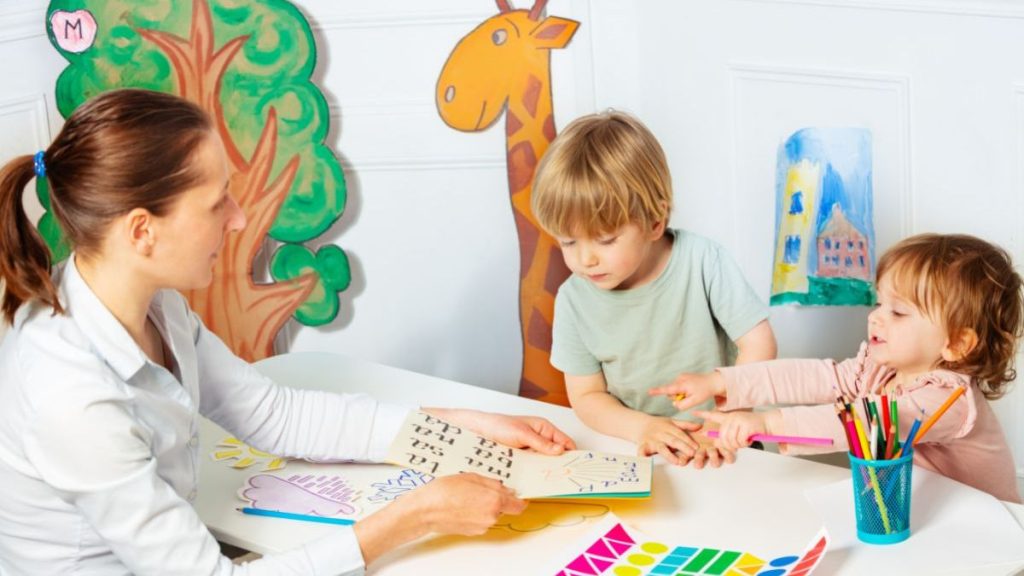The American dream has long rested on a simple promise: attend college, earn a degree, and secure a better future. For decades, this formula defined upward mobility and shaped the aspirations of countless families. But in 2025, that faith is weakening at the very moment the nation can least afford it.
A new report from the Georgetown University Center on Education and the Workforce paints a troubling picture: by 2032, the United States will need 5.3 million more workers with postsecondary education. Yet, public belief in the value of a degree is at historic lows, sparking fears of a widening gap between economic demand and educational supply.
A Growing Paradox in American Education

The country finds itself caught in a paradox. On one hand, the economy is demanding more skilled workers than ever. On the other, families and students are questioning whether college is worth the cost, given rising tuition, student debt, and uncertain job stability.
This clash between necessity and doubt may define the next decade. If the gap widens, experts warn, the shortage of educated workers could weaken vital sectors like healthcare, education, and infrastructure, threatening the stability of American communities.
The Math Behind the Shortages
The numbers driving this crisis are stark. According to Georgetown’s projections, between 2024 and 2032:
- Nearly 18.4 million educated workers are expected to retire.
- Only 13.8 million younger workers with postsecondary credentials will enter the labor force.
- More than 500,000 new jobs requiring degrees will emerge during this period.
The imbalance leaves a gap of 5.3 million positions that could remain unfilled unless something changes.
Key Professions at Risk
The shortage is not just a broad statistic; it will hit professions essential to daily life. Georgetown’s study highlights several critical areas:
- Education: A projected shortage of more than 600,000 teachers will strain classrooms, increase student-teacher ratios, and limit personalized learning opportunities.
- Healthcare: Hospitals are expected to face a deficit of 362,000 nurses, threatening patient care and overwhelming existing staff.
- Management: Nearly 3 million leadership roles may remain vacant, slowing growth and efficiency across industries.
Other professions, including engineers, lawyers, and doctors, will also feel the impact, creating ripple effects across courts, infrastructure projects, and healthcare systems.
Declining Faith in College Degrees
While the demand for graduates rises, public confidence in higher education has collapsed. A Gallup poll revealed that in 2010, three-quarters of Americans believed a college degree was essential for success. Today, that number has fallen to just one-third.
This skepticism crosses social and economic lines. Families who once saw college as the unquestioned gateway to prosperity now weigh it against alternatives such as trade schools, apprenticeships, or online certifications.
Rising Costs and Debt Burdens
One of the biggest drivers of skepticism is cost. Tuition fees continue to climb, leaving many graduates burdened with debt. At the same time, wage growth has stagnated, eroding the promise that a degree guarantees financial stability.
For many households, the calculation has shifted. College is no longer a clear path to prosperity, but a high-risk investment with uncertain returns.
Alternate Pathways to Success
The decline in faith in traditional degrees has opened the door to alternative pathways. Trade schools, apprenticeships, and vocational training are gaining ground, particularly as technology creates new forms of employment that do not always require four-year degrees.
Some industries are adopting skills-based hiring, valuing certifications and work experience over formal education. While these alternatives provide opportunities, they do not yet match the scale of demand projected for degree-holders in the next decade.
Human Consequences of the Education Gap
The shortage of educated workers will have far-reaching impacts beyond statistics.
- In schools: Larger class sizes and reduced teacher availability could erode the quality of education for the next generation.
- In hospitals: Nursing shortages could lead to longer emergency room waits and overburdened staff, threatening patient safety.
- In industries: A lack of skilled managers, engineers, and professionals will slow projects, reduce innovation, and weaken global competitiveness.
The paradox is stark: the jobs exist, but the pipeline of qualified workers may fall short.
The Psychological Challenge
The challenge is not only logistical but also psychological. America must convince its own people to pursue the very education its economy depends on. This means not only rebuilding trust in higher education but also reforming the system to make it more affordable, relevant, and accessible.
Searching for Solutions
Several strategies have been proposed to bridge the gap:
- Expanding workforce participation: Encouraging underrepresented groups, including older adults and immigrants, to enter the labor market.
- Reducing educational disparities: Ensuring access to affordable, high-quality education across regions.
- Skills-based hiring: Employers focusing more on what candidates can do rather than where they studied.
- Harnessing technology: Using online platforms and AI to create more flexible, cost-effective learning opportunities.
- Revising immigration policy: Attracting skilled workers from abroad to help fill critical shortages.
Each solution carries potential but faces political and cultural resistance, from mistrust of institutions to debates over immigration.
Education as the Great Equalizer
Historically, education has been celebrated as the cornerstone of opportunity in America. It has been the tool by which generations rose from poverty to prosperity. Yet today, this narrative is under threat.
If the U.S. cannot reconcile its reliance on educated workers with the growing doubts of families, the consequences could ripple far beyond labor markets, eroding confidence in the future itself.
The Reckoning Ahead
The coming decade poses a fundamental question: Can America restore faith in higher education before shortages weaken its core systems?
The answer may determine not just the strength of its economy but also the resilience of the American dream. The need for educated workers is clear, but unless confidence in college is rebuilt, the country risks hollowing out its classrooms, hospitals, and industries.
FAQs – America’s Education Shortage and Declining College Confidence
Q1. How many educated workers will the U.S. need by 2032?
The U.S. is projected to face a shortage of 5.3 million workers with postsecondary education by 2032.
Q2. Which professions are most at risk from worker shortages?
Teaching, nursing, and management positions face the largest deficits, along with shortages in engineering, law, and medicine.
Q3. Why is public confidence in college degrees declining?
Rising tuition costs, mounting student debt, stagnant wages, and the visibility of alternative career pathways have fueled skepticism about the value of a degree.
Q4. What alternatives to traditional college are gaining popularity?
Trade schools, apprenticeships, vocational training, and skills-based hiring practices are becoming more prominent, though they cannot yet match the projected demand for degree-holders.
Q5. What solutions are being proposed to address the education gap?
Strategies include expanding workforce participation, reducing education costs, adopting skills-based hiring, leveraging technology, and revising immigration policies to attract skilled workers.














